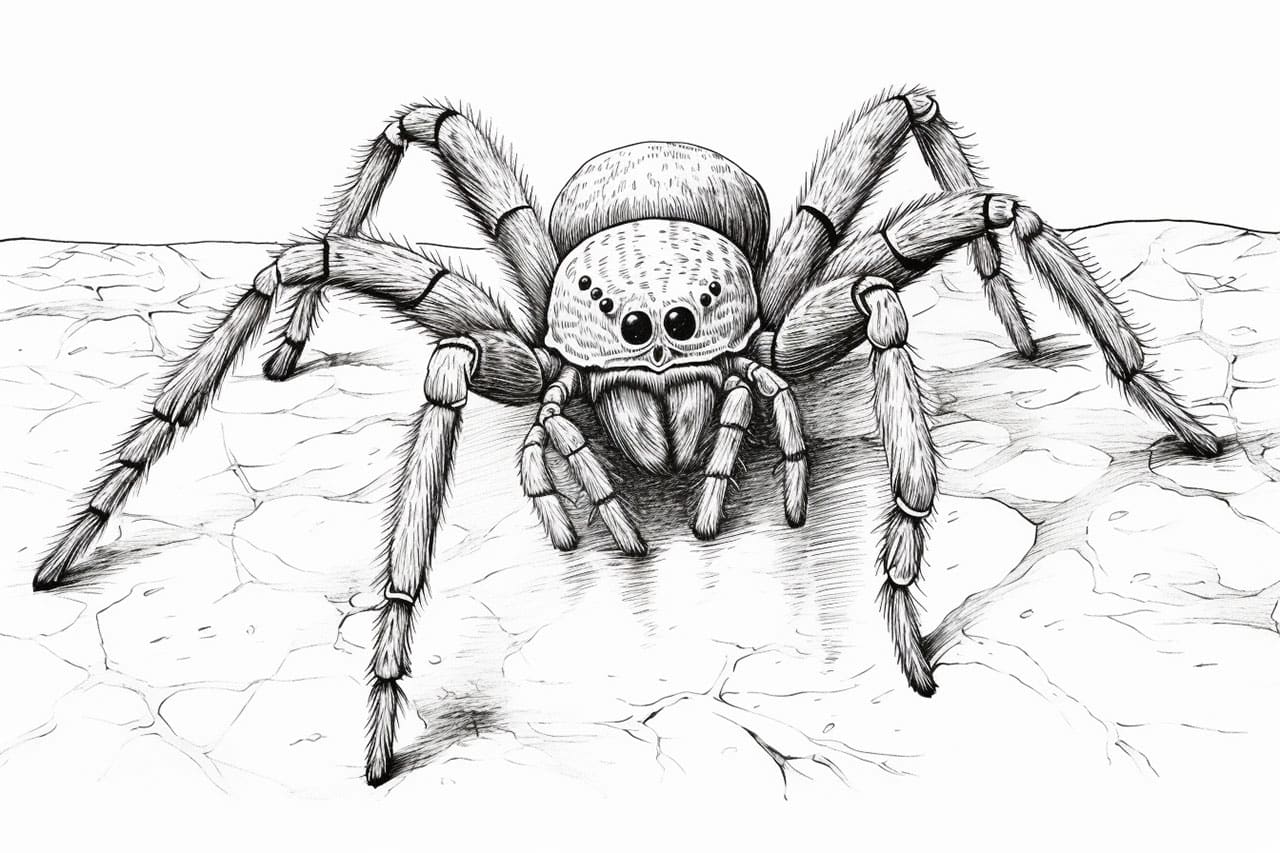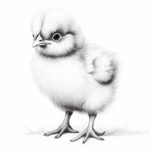Welcome to this step-by-step guide on how to draw a tarantula. In this tutorial, I will walk you through the process of creating a realistic and detailed tarantula drawing. Whether you are a beginner or an experienced artist, this guide will help you capture the essence of this fascinating creature on paper.
Materials Required
Before we dive into the drawing process, let’s make sure we have all the necessary materials. Here’s a list of items you will need:
- Pencil: A graphite pencil or mechanical pencil with different lead grades (such as HB, 2B, 4B) will be useful for shading and adding details.
- Paper: Choose a smooth, heavyweight paper that is compatible with your drawing tools. A sketchbook or drawing pad would work well.
- Eraser: A kneaded eraser or a vinyl eraser will help you correct mistakes and refine your drawing.
- Sharpener: Keep your pencils sharp to achieve clean lines and precise details.
- Reference Image: Find a high-quality reference photo of a tarantula to guide you throughout the drawing process. You can either print the reference or have it open on a digital device.
Now that you have all the necessary materials ready, let’s proceed with the steps to draw a tarantula.
Step 1: Basic Outline
Start by lightly sketching the basic outline of the tarantula’s body. Begin with an oval shape for the abdomen. Then, attach a smaller oval shape to the upper part of the abdomen, which will represent the cephalothorax (the head and thorax combined). Finally, add eight lines to indicate the legs extending from the cephalothorax.
Step 2: Define the Body Sections
Now, let’s work on defining the body sections of the tarantula. Draw curved lines across the abdomen to indicate the segmentation. Add another set of curved lines on the cephalothorax to represent its segments. This will give the tarantula a more realistic look.
Step 3: Draw the Leg Structure
Next, we’ll focus on drawing the leg structure of the tarantula. Start by adding curved lines to shape the individual leg joints. Tarantulas have four pairs of legs, so repeat this step for each leg. Remember to pay attention to the angles and proportions of the legs as you draw them.
Step 4: Add Leg Details
Now that the leg structure is in place, it’s time to add some details to the legs. Start by drawing small segments along the leg joints to represent the hairs on the tarantula’s legs. These segments should be shorter near the body and gradually increase in length towards the ends of the legs.
Step 5: Outline the Eyes and Fangs
Tarantulas have large, prominent eyes and powerful fangs. Sketch the eyes as small, oval shapes on the cephalothorax, near the front. Then, draw two curved lines on each side of the cephalothorax to indicate the fangs. Take your time to ensure that the eyes and fangs are symmetrical and proportional.
Step 6: Refine the Body Shape
With the main elements of the tarantula in place, it’s time to refine the body shape. Use your reference image to add more details and make your drawing more accurate. Pay attention to the curves, contours, and textures of the tarantula’s body as you refine the outline.
Step 7: Add Texture and Details
Now that the basic structure is complete, it’s time to add texture and details to make your tarantula drawing more realistic. Take your pencil and carefully shade the body, following the direction of the hair growth. Use gentle strokes to build up the texture gradually, and pay attention to the highlights and shadows.
Step 8: Final Touches
In this final step, take a step back and assess your drawing. Make any necessary adjustments and add any final details to enhance the overall appearance. Erase any stray lines or smudges, and make sure the darkest areas are properly shaded. This is your opportunity to add your personal artistic flair and make your tarantula drawing truly unique.
Conclusion
Drawing a tarantula may seem challenging at first, but by following these step-by-step instructions and using a reference image, you can create a realistic and detailed representation of this incredible creature. Remember to take your time, be patient with yourself, and have fun with the drawing process. With practice, you’ll be able to capture the beauty and intricacy of tarantulas with ease.
Now that you have learned how to draw a tarantula, grab your materials and start sketching. Happy drawing!









